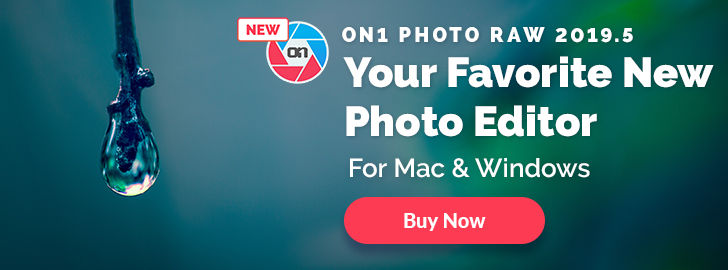 |
| Infra Red Canon Rebel XSi, Canon 16-35 at 17mm, f18, .6sec, ISO200, This is a great example of perfect combination of AV and TV, f18 bring details, and .6sec soft the water falls., Elbow Falls Alberta, the falls change since the great flood of June 20, 2013 |
• AV
“ aperture value or A mode determines whether all the photograph is in
focus or part of. For example photographers can choose to have a sharp
foreground and background, or they can blur the background. To
set your digital camera on aperture priority, turn your mode dial to AV. Now rotate the main dial until
you have aperture your after. The camera will set the shutter speed to suit.
 |
| Canon 5D Markiii, Canon 85mm 1.8 prime lens, f1.8, 1/500sec, ISO 200, great example of wide aperture 1.8, focus on only one eye. |
 |
| Canon 5D Markiii, Canon 24-105 at 105mm, f4, 1/25sec, ISO200, f4 is great for portrait, f2.8 and lower are sometime difficult to get the right focus. |
• The
aperture controls the depth of field, or how much distance is sharp and clear
in the image “the area of sharpness”.
• The
greater the f-number the greater the depth of field. That is, f2.8 has a much
shallower depth of field than f8, in other word f8 will give a larger area of
sharpness both in front and behind the subject being focused on. Most lenses
will give a better image at f9 to f11.
 |
| Canon 5D Markii, Canon 24-105 at 105mm, f4, 1/125sec, ISO200 |
• The
longer the size of the lens, the less area of sharpness. A wide angle lens
“16-35 zoom” by example has a greater depth of field that a 100mm telephoto.
• So
is it always best to use a high f-number to maximise this area of sharpness?
The answer is no. The amount of area of sharpness you decide upon will depend
on the subject your are photographing and the effect you are looking for!
Shutter Speeds TV
• Shutter
priority allows the photographer to choose a shutter speed, then the
digital camera automatically sets the aperture to suit.
• To
set your digital camera on shutter priority, turn your mode dial to TV . In
case your wondering, TV stands for time value. Now rotate the main dial until
you have the shutter speed your after.
• Shutter
speed is measured in seconds and looks like 1/500, 1/250, 1/2 or 1 as in one
second etc. It can range anywhere from 1/8000 to B for bulb. Bulb keeps the
shutter open for as long as the shutter button is pressed down.
• Slow
shutter speed, slows motion to blur running water, with a shutter speed of 1
second or slower, water can blur to a ghostly appearance, with the rest of the
scene pin sharp. The trick for this kind
of effect is a dim enough lighting to
slow down the shutter speed, in daylight
use the highest f-number and lowest ISO setting available on your camera, another option is to use a neutral
density filter.
 |
| 5D Markii, Canon 16-35 at 16mm. f22, 65 sec, ISO200, the narrow AV f22 and the wide lens help in getting more details in focus, the 65sec is enough to capture the light trails. |
• Use
slow shutter speeds of at least 10 seconds or more for night shots of cities,
buildings and streets etc.
• Fast
shutter speed, takes the image almost instantly as in frozen in time, frozen
water and action.
• Selecting
the actual value is pretty arbitrary, so think of it in sections: 1/4000 to 1/250
is a fast exposure, 1/250 to 1/10 is a medium exposure, and 1/10 of 30” is a
long exposure. Each will give you a different effect, and you can only pick one
and try it. If it’s not what you are looking for, then try again. And again.
You’ll eventually get a pretty good idea of what speeds give what effect.
Combining Shutter
Speeds with Apertures
• With
shutter speeds and apertures we found that each numbered value was called a
stop. If we changed the value up or down
by one value, we reduced or increased the exposure by one stop of a difference.
To recap.
• If
we changed our shutter speed from 1/60 to 1/125 we decrease the amount of time
the shutter was opened and consequently halved the amount of light reaching the
sensor.
• If
we changed our aperture from f8 to f5.6 we increased the size of the aperture
and doubled the amount of light reaching the sensor.
With this in
mind we are also able to alter both the aperture and shutter, and still have
the same amount of light getting to the sensor.
For example, say we have composed our shot and have taken a meter
reading of 1/60 at f8 giving us the correct exposure. If we changed the shutter
speed to 1/125 we would under expose the image by one stop. Now what happens if we really need to set the
shutter speed to 1/125, say to prevent camera shake?
We must
counteract the underexposure by changing the aperture by one stop giving the
correct exposure again. That is, we select
f5.6 increasing the amount of light reaching the capture area.
• Example
if the proper exposure is 1/125 at f8, the following combinations of shutter
speed and apertures could also be used.
1/1000 -
f2.8
1/500 - f4
1/250 - f5.6
1/125 - f8
1/60 - f11
1/30 – f16
1/15 – f22



No comments:
Post a Comment